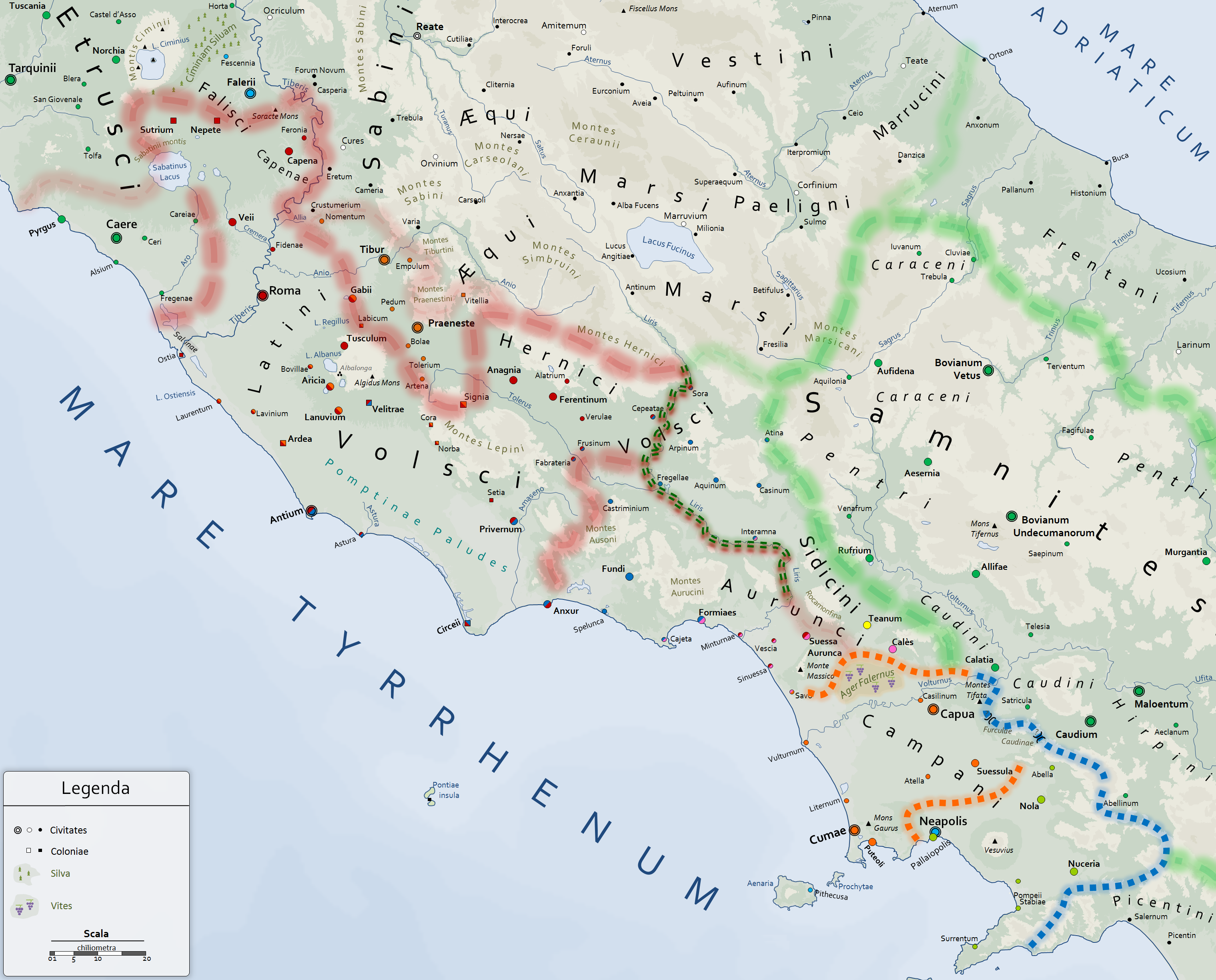The Middle Roman Republic Part 1
October 31st 2023
1300 words

Intro
The Roman Republic is so large that it is usually divided into different parts. After the late Roman Republic, it becomes a bit controversial as to when you should end the middle Roman Republic age. I have decided to divide the middle Roman Republic into two different parts. This is the first part of the middle Roman Republic. I start with the Sack of Rome and end with the 1st Punic War. I have done posts on previous parts of Roman history that I suggest you look into before reading this post.Sack of Rome
The era of the Roman Republic that will be the subject of this post’s discussion starts in 390bce with the Sack of Rome by the Gauls. When the Romans caught wind that the Gauls were coming, there was mass panic. People fled Rome in droves. Priests ran from Rome with sacred items and those they couldn’t hold, they buried. When the Gauls arrived in Rome, they robbed and burnt down the people’s homes. It seemed to many that Rome may have been lost. There are a few different accounts to what made the Gauls leave. A popular belief is that they were simply paid off to leave Rome alone. This restarted the Roman Republic in a place of weakness, which would obviously invite conflict from outsiders hoping to take advantage of the situation.Beginning with War
Rome's new age began as the Republic resurged, amongst warfare. The Romans fought against the Volsci, Etruscans, and even rebellious Latin cities. As one war ended, another would spring up. This constant warfare would set the stage for what Rome would see going forward. For Rome to be safe, they would need to become a powerful contender that would make their enemies think twice about warring with Rome.Conflict of Orders and Reorganizing the Roman Government
The conflict of orders, the relationship between the plebian commoners and the noble patricians, continued during this time. Also, a restructuring of the Roman government happened. For example, in around 366bce, the praetor position was created with the duty of taking some of the consul's judiciary responsibilities. In 339bce, it was required for at least one plebian censor to be elected every 10 years. The lex ogulnia, in 300bce, was passed allowing plebians to become priests. In 287bce, the lex hortensia was passed, making resolutions made by the plebeian council to be binding to patricians as well as plebs. Finally, in 267bce, the number of quaestors was increased from four to ten.Samnite Wars
While this was all a benefit to Rome and its people, the major effect on Rome during this time were the wars carried out. Perhaps the greatest group of wars that had a lasting effect on Rome were the Samnite wars. The Samnites were a group of tribes that had a shared heritage and were found in the southeast of the Latin League. The Latin League, by the time of the Samnite Wars, had basically become a part of Rome. These wars were from 343bce to 290bce with small breaks in-between.First Samnite War
The first Samnite War lasted from 343bce to 341bce. To the south of the Latin League cities was the area of Campania. Within Campania was a city, Capua. During this time, it was under attack by the Samnite. Capua sent a group to ask for help from the Romans. The Romans originally refused due to a treaty between Rome and the Samnite, which is believed (by historians) to have been an agreement of non-intervention. However, the city of Capua pulled a desperate move by giving up their city to Rome so Rome would be forced to act on their behalf. This sacrifice of autonomy worked and caused the first Samnite War. Rome pretty much won the war and the previous treaty was reinforced. It would be more than a decade before a new war would take place.Second Samnite War
The second war Samnite war lasted from 326bce and 304bce. The war was again started due to Rome's intervention within the same region of Campania. The war was not as one sided as one may assume. In fact, the Samnites tended to win during the first part of the war. In 312bce, the Etruscans saw their opportunity and attacked Rome, creating a two-front war for Rome. Rome, nonetheless, was able to come out the victor with a new treaty being created between the Romans and Samnites.Third Samnite War
The final Samnite war occurred between 298bce and 290bce. Of course, the war was over the same region of Italy (Campania). This time, however, the result of the war would be the Roman dominance over central and southern Italy. Lucania, a city in the region, asked Rome for protection from the Samnites. Rome agreed and war was carried out. The Samnites were able to recruit the powerful Etruscans to wage war on Rome as well. The Samnites and the Etruscans were then joined by the Umbrians. Once again, though, Rome was able to come out victorious. This final Samnite war made Rome the dominate power in all of Italy.Pyrrhic War
During this time of war, a census was caried out around 293bce showing Rome to have as many as 270,000 people. Rome was becoming the powerful nation it is known for today. This was paid attention to by outside forces. This all led to the Pyrrhic War between 280bce and 275bce.Rome was warring against a Greek city in southern Italy known as Tarentum. Tarentum asked for help from the City of Epirus. The war became a struggle between Rome and the war general Pyrrhus. This saw a few different defeats of the Romans. However, it gave the concept of a pyrrhic victory. Pyrrhus is said to have said after a victory, "If we are victorious in one more battle with the Romans, we shall be utterly ruined." A pyrrhic victory is now known as a victory that had such a loss that the totality of the war cannot be won if battles have such losses. Eventually both Pyrrhus and the city of Tarentum fell under the might of Rome. This helped propel Rome to a regional power within the Mediterranean Sea.
First Punic War
Before closing out this post, I want to take a look at the first Punic War that lasted from 264bce to 241bce. The Western Mediterranean had, for centuries, been mainly controlled by the Carthaginians. The first Punic War would change all this as Rome was becoming a force to be reckoned with. The war started when Rome started to get a foothold in Sicily. Rome then forced the independent power of Syracuse to ally with Rome. Afterwards, Rome decided to lay siege on Carthage's main base in Sicily, Akragas.The first Punic War lasted around 23 years. While it was mainly a naval battle, there were some land battles as well. It got to the point that Northern Africa, where Carthage is located, was even attacked by the Romans. In 255bce, Carthage tried to sue for peace, but the terms Rome demanded were too harsh to accept. Finally, Rome won the war and signed a treaty with Carthage. The treaty called for Carthage to pay reparations and give up all claim to Sicily. Rome had now become the supreme power of the Western Mediterranean.
